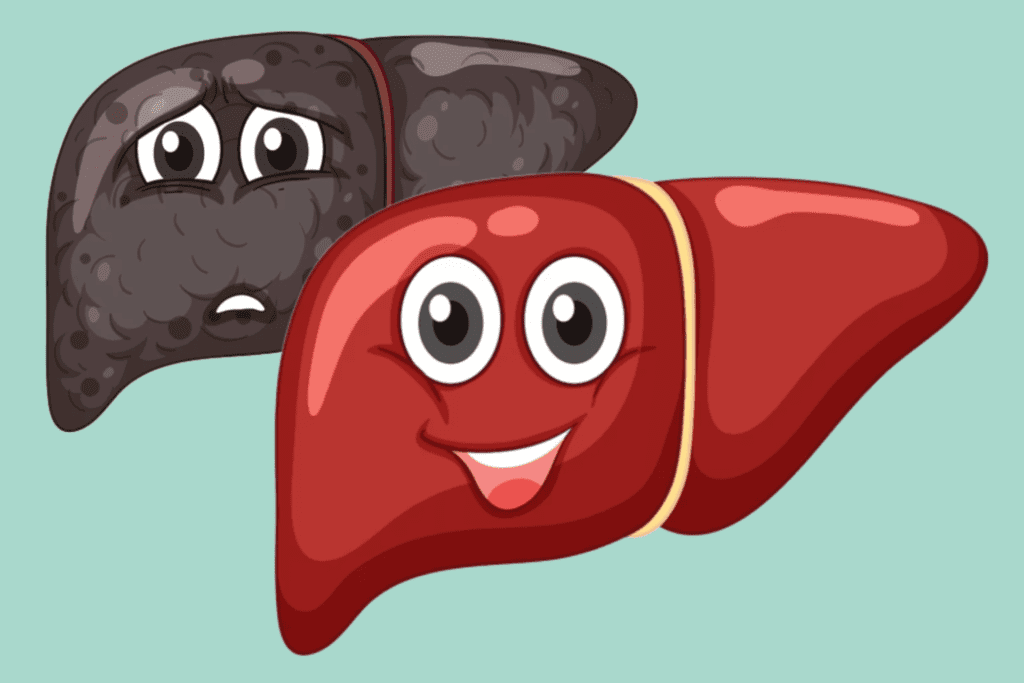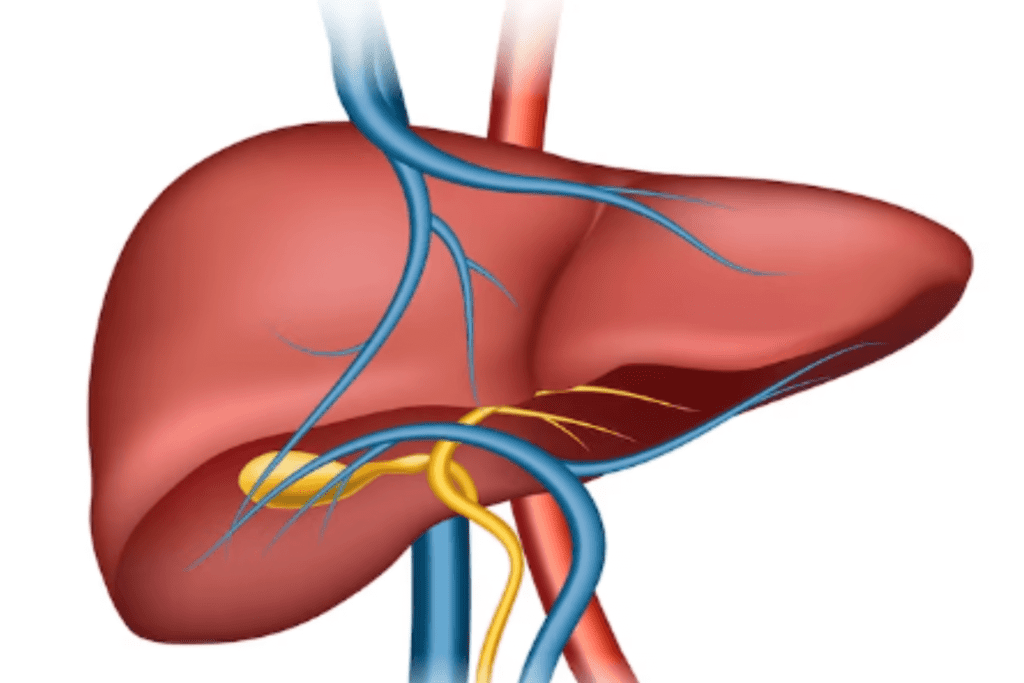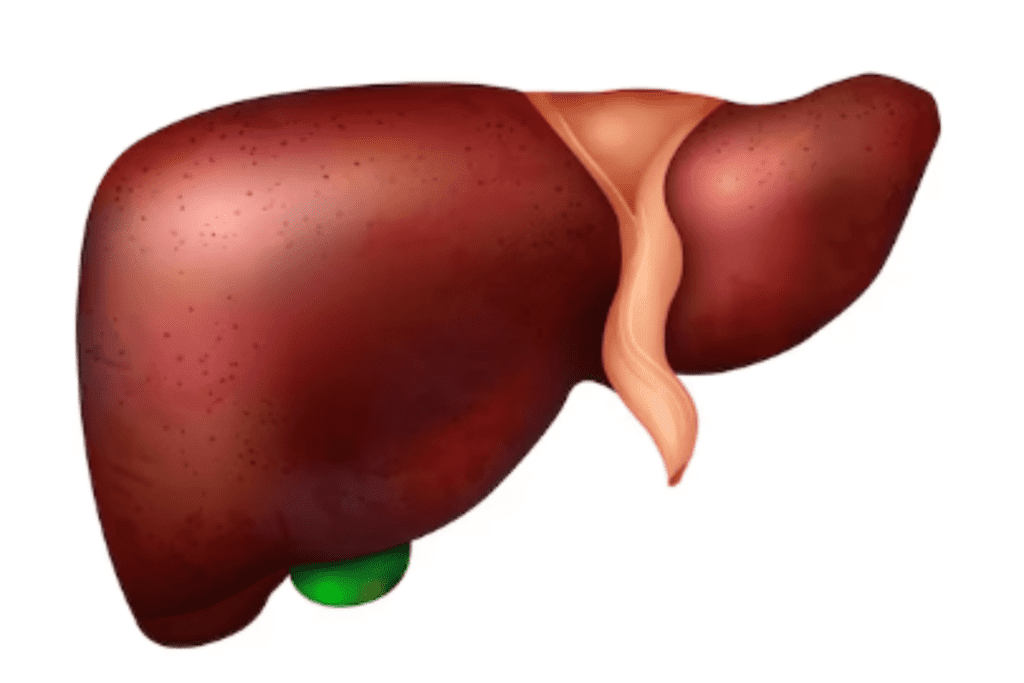Liver regeneration refers to its extraordinary ability to repair and renew itself after injury or partial removal. Through a complex process of cell division and differentiation, the liver can restore its original size and function, making it a remarkable example of tissue regeneration in the human body.
Table of Contents
ToggleLiver Regeneration Mechanism
The mechanism of liver regeneration is a complex and tightly regulated process that involves multiple cellular and molecular events. When a part of the liver is damaged or removed due to injury, infection, surgery, or toxic exposure, the remaining healthy liver tissue responds by initiating the regeneration process. Here is an overview of the key steps involved in liver regeneration:

Hepatocyte Priming
The liver regeneration process begins with hepatocyte priming, which is the activation of quiescent hepatocytes (inactive liver cells) for cell division. Quiescent hepatocytes are normally non-dividing but can rapidly enter the cell cycle when the liver needs to regenerate. Various signals, such as growth factors and cytokines, trigger the priming of these hepatocytes and prepare them for replication.
Cell Proliferation
Once hepatocytes are primed, they start to undergo cell proliferation and division. This step involves the replication of hepatocytes to generate new liver cells. The division of hepatocytes is highly regulated to ensure controlled and organized tissue renewal. The newly produced cells will replace the damaged or lost liver cells, allowing the liver to restore its function.
Growth Factor Signaling
Liver regeneration relies on the interplay of several growth factors and cytokines that orchestrate the regenerative process. These signaling molecules are released by various cells in the liver and surrounding tissues in response to injury or damage. Some of the critical growth factors involved include hepatocyte growth factor (HGF), epidermal growth factor (EGF), insulin-like growth factor (IGF), and transforming growth factor-alpha (TGF-alpha). These growth factors activate specific cellular pathways, leading to cell proliferation and tissue repair.
Restoration of Liver Structure
As the hepatocytes multiply and divide, they restore the structure and architecture of the liver. The newly formed liver cells integrate into the existing tissue, seamlessly replacing the damaged cells and rebuilding the liver to its original size and function. This process ensures that the liver can effectively carry out its essential functions, such as metabolism, detoxification, and bile production.
Termination of Regeneration
Liver regeneration is precisely regulated to prevent excessive growth and maintain homeostasis. Once the liver reaches its original size and function, specific signals from growth inhibitors and feedback mechanisms stop further hepatocyte proliferation. This termination of the regenerative process ensures that the liver doesn’t grow beyond what is needed, avoiding potential complications like tumor formation.
Extracellular Matrix Remodeling
The extracellular matrix (ECM) is a network of proteins and fibers that provide structural support to cells within the liver. During liver regeneration, the ECM undergoes remodeling to accommodate the growth and integration of new hepatocytes. This remodeling process is essential for ensuring that the newly regenerated liver tissue is structurally sound and functions optimally.
Biliary Cell Proliferation (Optional)
In cases of severe liver damage, such as extensive hepatocyte loss or damage to the bile ducts, the biliary epithelial cells that line the bile ducts can also participate in the regeneration process. These cells have a limited capacity to differentiate into hepatocyte-like cells and contribute to the restoration of liver function. While not the primary mechanism of liver regeneration, biliary cell proliferation can play a role in certain pathological conditions.
Lever Regeneration Time
The time it takes for the liver to regenerate can vary depending on several factors, including the extent of the liver damage and the overall health of the individual. In general, the liver has a remarkable ability to regenerate and can restore its size and function within a relatively short period.
After a minor injury or surgical removal of a small portion of the liver (e.g., through a partial hepatectomy for living donor liver transplantation), the liver can typically regenerate to its original size within a matter of weeks. Studies have shown that around 70-90% of the liver’s mass can be restored within 2 to 3 months after partial hepatectomy.
For more significant injuries or in cases of acute liver failure, the regeneration process may take longer. However, even with substantial damage, the liver can still demonstrate impressive regenerative abilities and partial recovery can occur within a few months.
It is essential to note that the rate of regeneration can be influenced by various factors, such as the individual’s age, overall health, nutritional status, and the presence of underlying liver diseases. Chronic liver diseases, like cirrhosis, can impair the liver’s regenerative capacity and may lead to irreversible damage over time.
When the Liver is Unable to Regenerate
While the liver possesses a remarkable regenerative capacity, there are certain conditions and circumstances in which it may be unable to fully regenerate or repair itself:
Chronic Liver Disease
Chronic liver diseases, such as cirrhosis, can cause extensive damage to liver tissue over an extended period. Cirrhosis is characterized by the replacement of healthy liver tissue with scar tissue, impairing the liver’s ability to function properly. In advanced stages of cirrhosis, the liver’s regenerative capacity becomes compromised due to extensive fibrosis, leading to irreversible damage.
Severe Liver Damage
In cases of severe and sudden liver damage, such as acute liver failure resulting from a drug overdose, viral infections (like hepatitis), or toxins, the regenerative response may be overwhelmed. If a large portion of the liver is destroyed, the remaining hepatocytes may not be able to regenerate quickly enough to fully restore liver function.
Advanced Liver Cancer
In advanced stages of liver cancer, the tumor burden can be extensive and may replace a significant portion of healthy liver tissue. Malignant tumors can disrupt the liver’s regenerative process and inhibit its ability to recover.
Chronic Alcohol Abuse
Long-term and excessive alcohol consumption can lead to alcoholic liver disease, causing liver damage and inflammation. The continuous insult to the liver may impair the regenerative process and eventually lead to irreversible liver damage.
Inadequate Nutritional Support
Proper nutrition is crucial for liver regeneration, as it requires essential nutrients and proteins. Malnutrition or inadequate nutritional support can hinder the liver’s ability to regenerate effectively.
Older Age
Age-related changes may affect the liver’s regenerative capacity. As people get older, the efficiency of cell division and tissue repair may decline, making it more challenging for the liver to regenerate fully.
Underlying Genetic Conditions
Certain genetic disorders can affect liver function and regenerative capabilities. For example, hereditary liver diseases like Wilson’s disease or hemochromatosis can cause progressive liver damage and hinder the regenerative process.
How Can I Help My Liver Regenerate?
To support liver regeneration and maintain liver health, you can adopt various lifestyle practices and make dietary choices that promote its natural healing processes. Here are some ways to help your liver regenerate:
Limit Alcohol Consumption
Excessive alcohol consumption is a leading cause of liver damage, leading to conditions like alcoholic liver disease and cirrhosis. Limiting alcohol intake or abstaining from it altogether allows the liver to focus on its regenerative processes without the added burden of processing alcohol toxins.
Eat a Balanced Diet
A well-balanced diet rich in fruits, vegetables, whole grains, lean proteins, and healthy fats provides essential nutrients that support liver health. Foods high in antioxidants, vitamin E, and B-complex vitamins help protect liver cells from oxidative stress and inflammation, facilitating the regeneration process.
Stay Hydrated
Adequate water intake is essential for proper liver function and overall health. Staying hydrated helps flush toxins from the body and ensures that the liver can efficiently carry out its detoxification processes.
Exercise Regularly
Regular physical activity not only supports overall health but also helps reduce the risk of non-alcoholic fatty liver disease (NAFLD), a condition associated with excess fat accumulation in the liver.
Avoid Excessive Sugar and Processed Foods
High sugar intake and processed foods can contribute to the development of fatty liver disease. Reducing the consumption of these foods helps prevent the accumulation of fat in the liver, promoting liver health.
Maintain a Healthy Weight
Obesity is a risk factor for NAFLD and other liver conditions. By maintaining a healthy weight through a balanced diet and regular exercise, you reduce the strain on the liver and create a healthier environment for regeneration.
Be Cautious with Medications
Certain medications, especially when taken in excessive doses or combination with alcohol, can be harmful to the liver. Following prescribed dosages and avoiding alcohol with medications can protect the liver from unnecessary damage.
Protect Against Hepatitis
Hepatitis viruses (A, B, C, etc.) can cause liver infections and inflammation. Practicing safe sex, avoiding sharing needles, and getting vaccinated against hepatitis A and B help prevent these infections and protect the liver.
Limit Exposure to Toxins
Environmental toxins and chemicals can burden the liver, hindering its regenerative capacity. Minimizing exposure to these substances, such as through proper ventilation and protective equipment, helps protect liver health.
Avoid Over-the-Counter Supplements
Some over-the-counter supplements, especially when taken in high doses, can be harmful to the liver. It’s essential to consult a healthcare professional before starting any new supplements to ensure their safety.
Control Diabetes and High Blood Pressure
Diabetes and high blood pressure are risk factors for liver disease. Managing these conditions through medication, lifestyle changes, and regular medical check-ups helps protect the liver from further damage.
Get Regular Check-ups
Regular health check-ups and liver function tests allow for early detection and management of liver conditions, which can prevent further damage and support the liver’s regenerative processes.
Liver Regeneration Myth
Liver regeneration is a fascinating and well-documented biological process, but like many scientific topics, it has also been surrounded by myths and misconceptions over time. Here are some common myths related to liver regeneration:
Myth: The liver can regenerate an unlimited number of times
Reality: While the liver has a remarkable ability to regenerate, it is not an infinitely repeating process. Chronic and repeated injury to the liver, such as in the case of chronic alcohol abuse or ongoing liver diseases, can lead to permanent damage and scarring, which impairs the liver’s regenerative capacity.
Myth: Eating certain foods can significantly boost liver regeneration
Reality: While a balanced and nutritious diet is essential for overall liver health, there is no specific “superfood” or dietary supplement that can dramatically accelerate liver regeneration. The liver regenerates on its own as part of its natural healing process, but proper nutrition can support its function and overall health.
Myth: Liver regeneration can reverse cirrhosis completely
Reality: Cirrhosis is a condition characterized by significant scarring and fibrosis in the liver. While the liver can attempt to regenerate in the early stages of cirrhosis, the scar tissue formed is often irreversible. As cirrhosis progresses, liver function can become severely compromised, and a complete reversal of the condition may not be possible.
Myth: Liver regeneration can heal liver damage caused by hepatitis C or B
Reality: Liver regeneration can help the liver recover from mild to moderate damage caused by viral infections like hepatitis C or B. However, in chronic cases where the infection persists over a long time, significant liver damage may occur, leading to liver cirrhosis or other complications.
Myth: Liver regeneration can cure liver cancer
Reality: Liver regeneration alone is not a cure for liver cancer. While the liver can regenerate and restore some of its function after surgical removal of a tumor, additional treatments like chemotherapy, radiation therapy, or targeted therapies are often necessary to address cancer cells that may have spread beyond the liver.
Myth: Drinking excessive amounts of alcohol can stimulate liver regeneration
Reality: Excessive alcohol consumption is a leading cause of liver damage, and contrary to the myth, it does not stimulate liver regeneration. Instead, chronic alcohol abuse can lead to liver diseases like alcoholic liver disease and impair the liver’s ability to regenerate, potentially leading to irreversible damage.
Conclusion
Liver regeneration is a remarkable and complex biological process that highlights the liver’s exceptional regenerative capacity. Understanding its intricacies and regulation is crucial for medical advancements, such as partial liver transplants and potential treatments for liver diseases. While the liver’s regenerative abilities are awe-inspiring, chronic liver diseases and severe damage can hinder the process, emphasizing the importance of early intervention and maintaining liver health. By promoting healthy lifestyles, proper nutrition, and timely medical consultation, we can help preserve the liver’s remarkable regenerative potential and its vital role in sustaining overall health and well-being. Ongoing research into liver regeneration holds the promise of transformative breakthroughs in medicine and regenerative therapies.
Read Next: Liver Health: How To Keep Your Liver Healthy
References
https://www.ncbi.nlm.nih.gov/pmc/articles/PMC2701258/
https://www.ncbi.nlm.nih.gov/pmc/articles/PMC5292184/
https://www.ncbi.nlm.nih.gov/pmc/articles/PMC6457252/
https://www.frontiersin.org/articles/10.3389/fphar.2023.1190559/full
https://news.mit.edu/2022/liver-tissue-regeneration-model-0627
https://biomaterialsres.biomedcentral.com/articles/10.1186/s40824-021-00206-w




